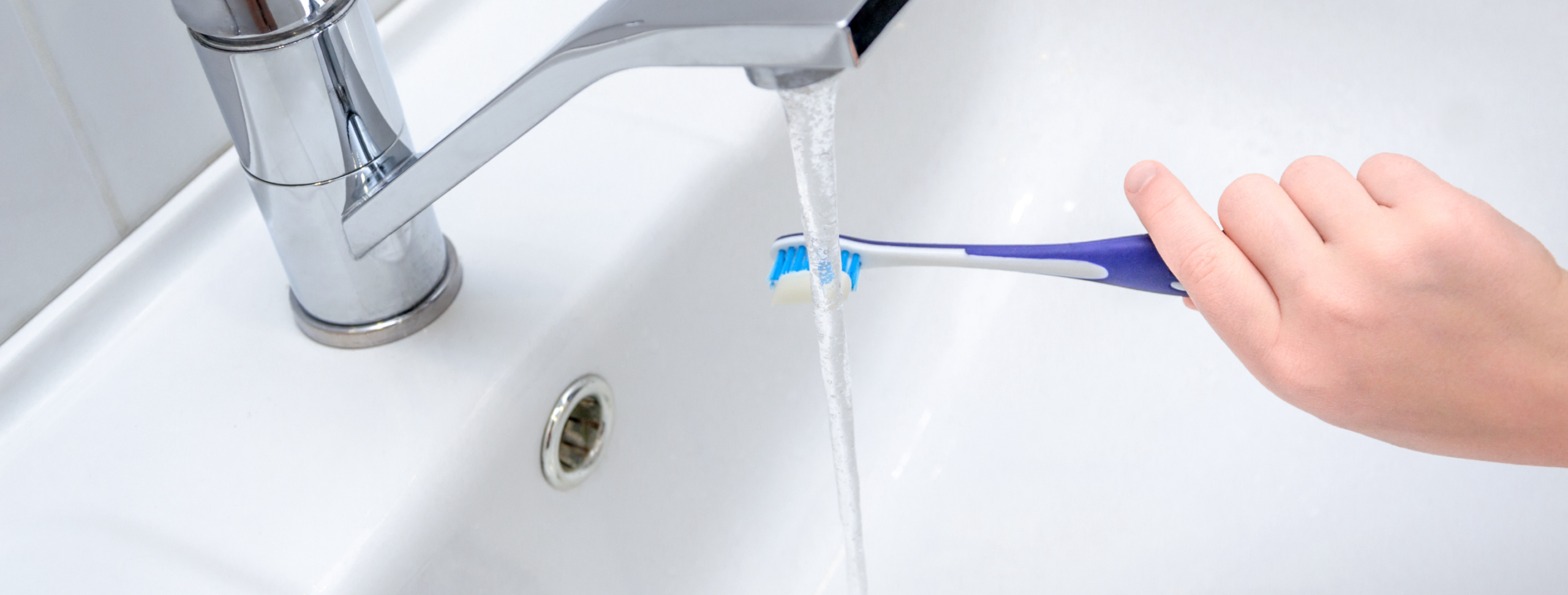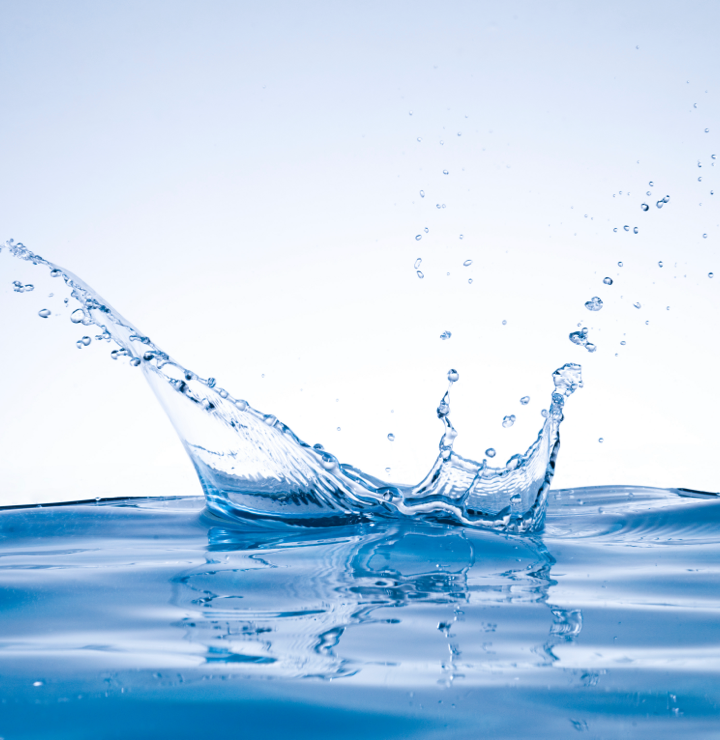
Flouride in Your Water

Understanding Flouride in Your Water
Water fluoridation is the process of adding fluoride to the water supply so the level reaches approximately 0.7ppm, or 0.7 milligrams of fluoride per liter of water. This is the recommended level set by the Environmental Protection Agency.
In the 1930s, dental scientists documented that the occurrence and severity of tooth decay was lower among people whose water supplies contained higher levels of natural fluoride. Extensive studies followed and discovered that fluoride, when present in the mouth, can become concentrated in plaque and saliva, helping to prevent the breakdown of enamel minerals. In 1945, the city of Grand Rapids, Michigan, became the first city to implement community water fluoridation. Since then, numerous scientific studies and comprehensive reviews have continually recognized fluoridation as an effective way to prevent tooth decay.
Presently, nearly 75% of U.S. residents who receive water from a public water system receive fluoridated water. Easton Suburban Water Authority does add fluoride at the water treatment plant using Fluorosilicic acid.
Fluoridation does not affect the appearance, taste, or smell of drinking water; however, some customers would prefer not to have fluoride in their water. Pitcher or faucet-mounted water filters do not remove fluoride. The more-expensive reverse osmosis filters remove 65-95% of fluoride, and distillation filters remove all fluoride. Regulations for bottled water do not require disclosing fluoride content, so the effect of always drinking it is not known.